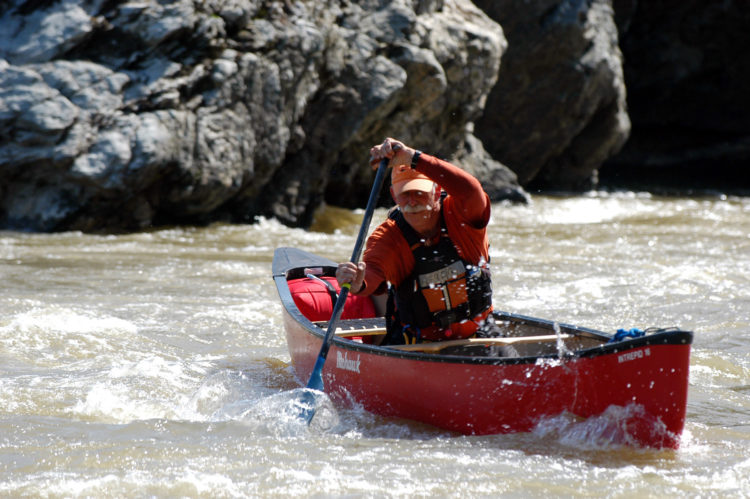With water levels and air temperatures hitting summer highs, a lot of us are itching to put our paddles in the water. But don’t be too hasty by placing your enthusiasm above your safety.
Recent heavy rains have caused organizers of the Missouri American Water MR340 cross-state paddle race to postpone it to August, and the Department of Natural Resources (DNR) has gone so far at to warn people to stay off the Mississippi River.
“We are profoundly disappointed that things have fallen this way,” said MR340 race staff member Scott Mansker. “But it’s the easier alternative than the potentially dangerous situations paddlers would find themselves in on a flooded river, at night, full of debris.”
If you’re dead set on canoeing or kayaking during flooding, be aware that rising water levels can create dangerous currents. Fixed obstacles present an elevated threat because the current around them can be unpredictable and can provide the power for a violent collision.
Swifter waters also mean less craft stability and require more skill to navigate. You’ll need to exert more energy to get upstream, and running out of “gas” could become an urgent matter if you’re unable reach a safe landing or can’t paddle away from a dam or rapids.
As mentioned earlier, higher water can dislodge more woody debris, like branches, logs and in some cases entire trees, which float downstream and lodge at the base of fixed obstacles and on the outside of tight river bends.
“Logjams can be difficult to avoid at low to normal flows, but at high flows they’re extremely difficult to avoid and can be deadly,” said John Wenck, water trails coordinator for the Iowa DNR.
Obviously, it’s better not to be on the water at all, but if you absolutely have to paddle in high water, slow down so you have time to avoid flotsam and jetsam. Floods can shift the underwater surface of the river or stream; stay in the center of the channel and don’t intentionally flip, as there may be dangerous debris under the water. Limit your paddling to daylight hours.
As always, it’s best to paddle with a buddy. Don’t go it alone. Also be sure to let someone know where you will be dropping in and taking out, and when you expect to be back. Know the section of the river you will be floating; now is not the tie for scouting a new area.
Pack a bailout bag before leaving. Important components include dry clothes (including shoes), personal identification, first-aid supplies, rescue signals, Swiss Army knife or multi-tool, rope or cord, food and water, fire-starting items, and navigation tools should you need to hike out. Last but not least, remember to be extra safe and always wear your life jacket.
Author: Brad Kovach is the editor of Terrain magazine.
Image: Courtesy of U.S. Coast Guard.


Leave A Comment